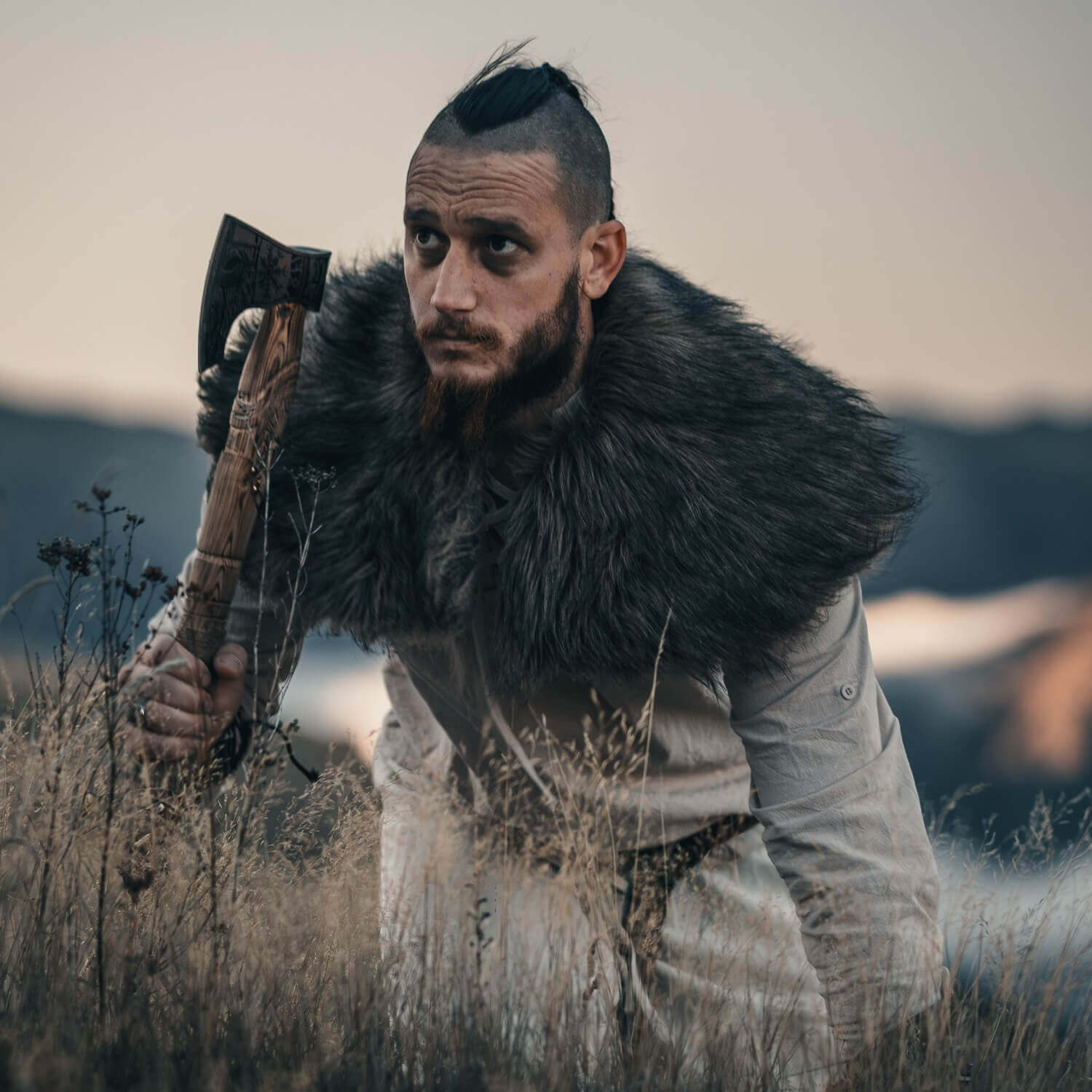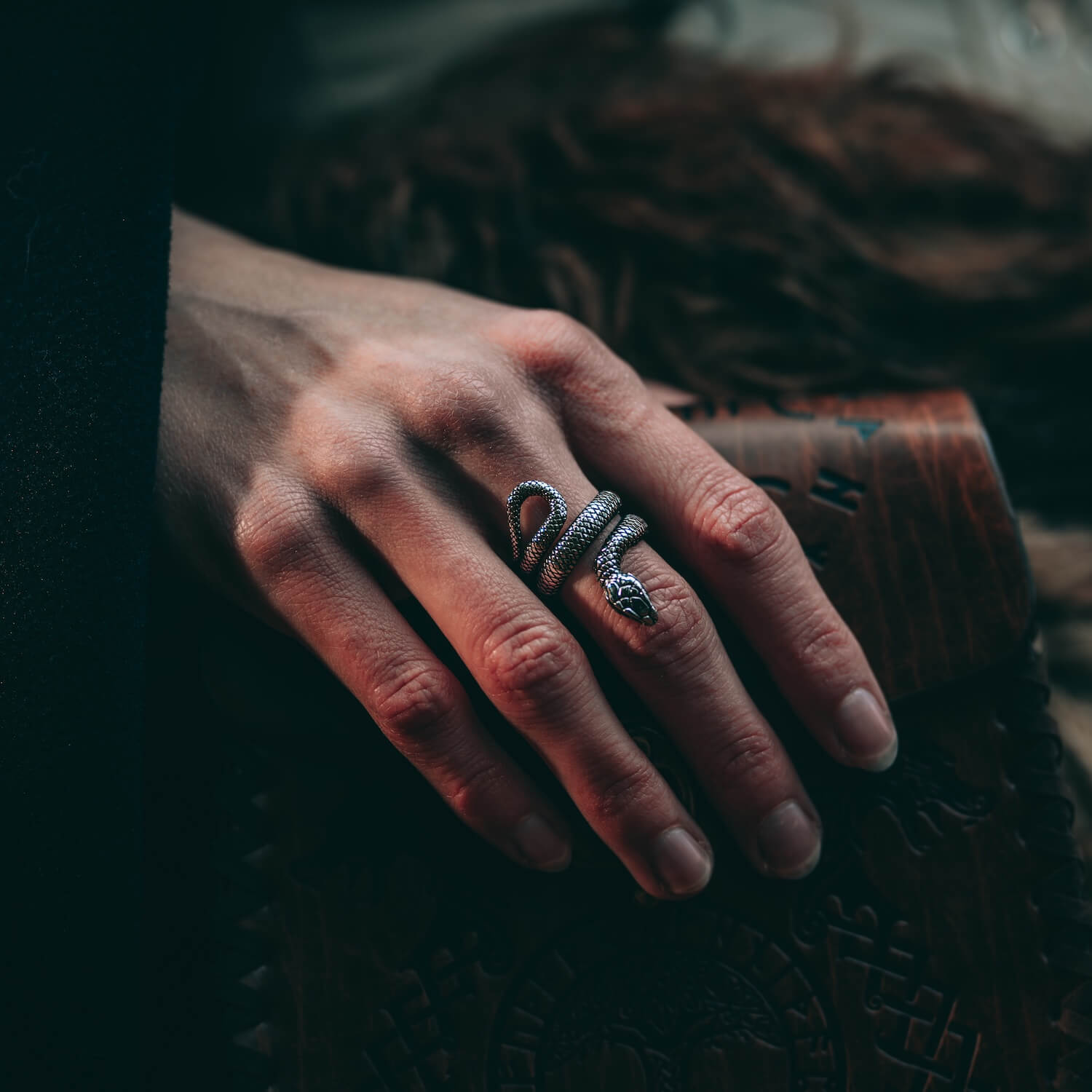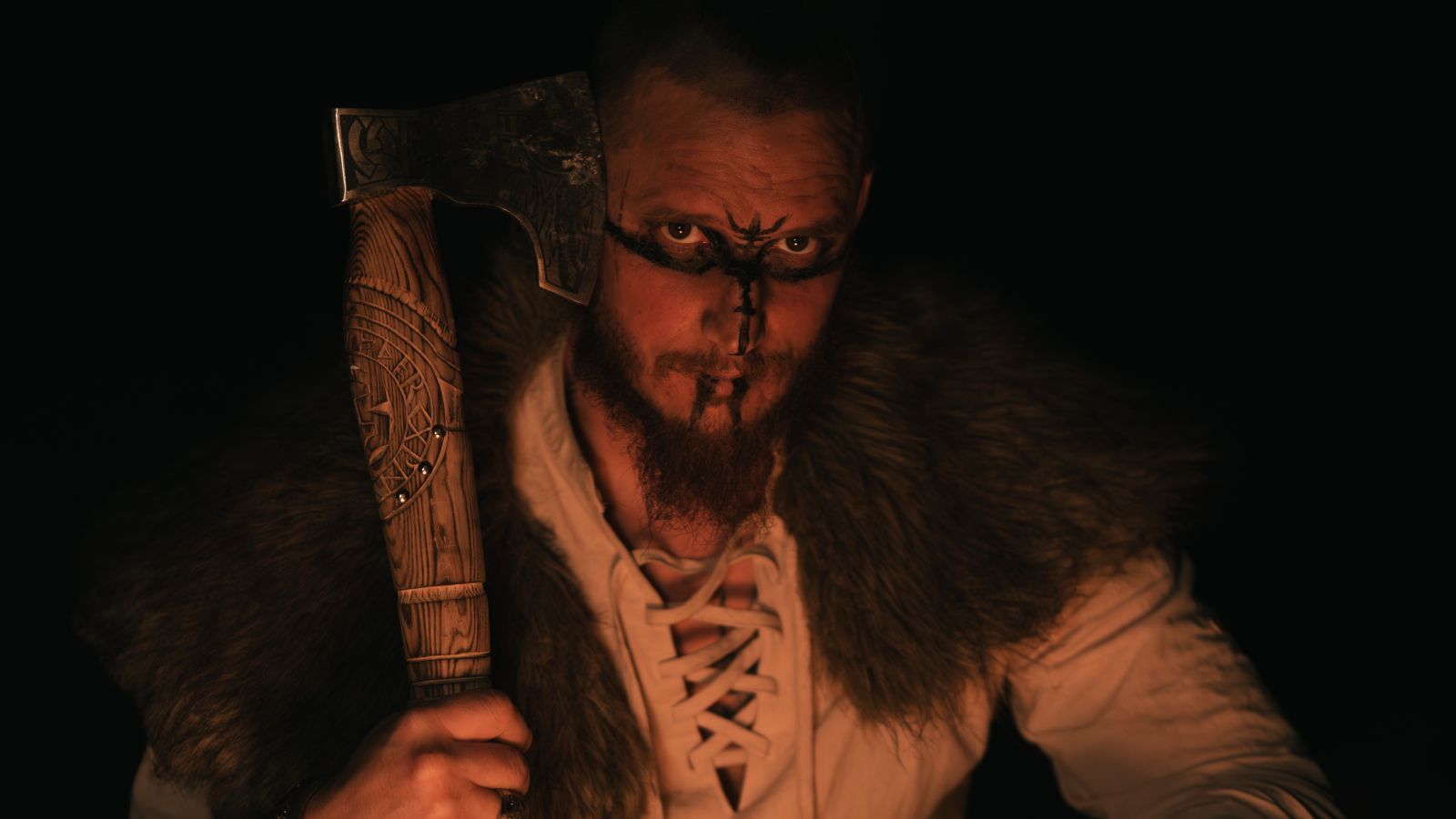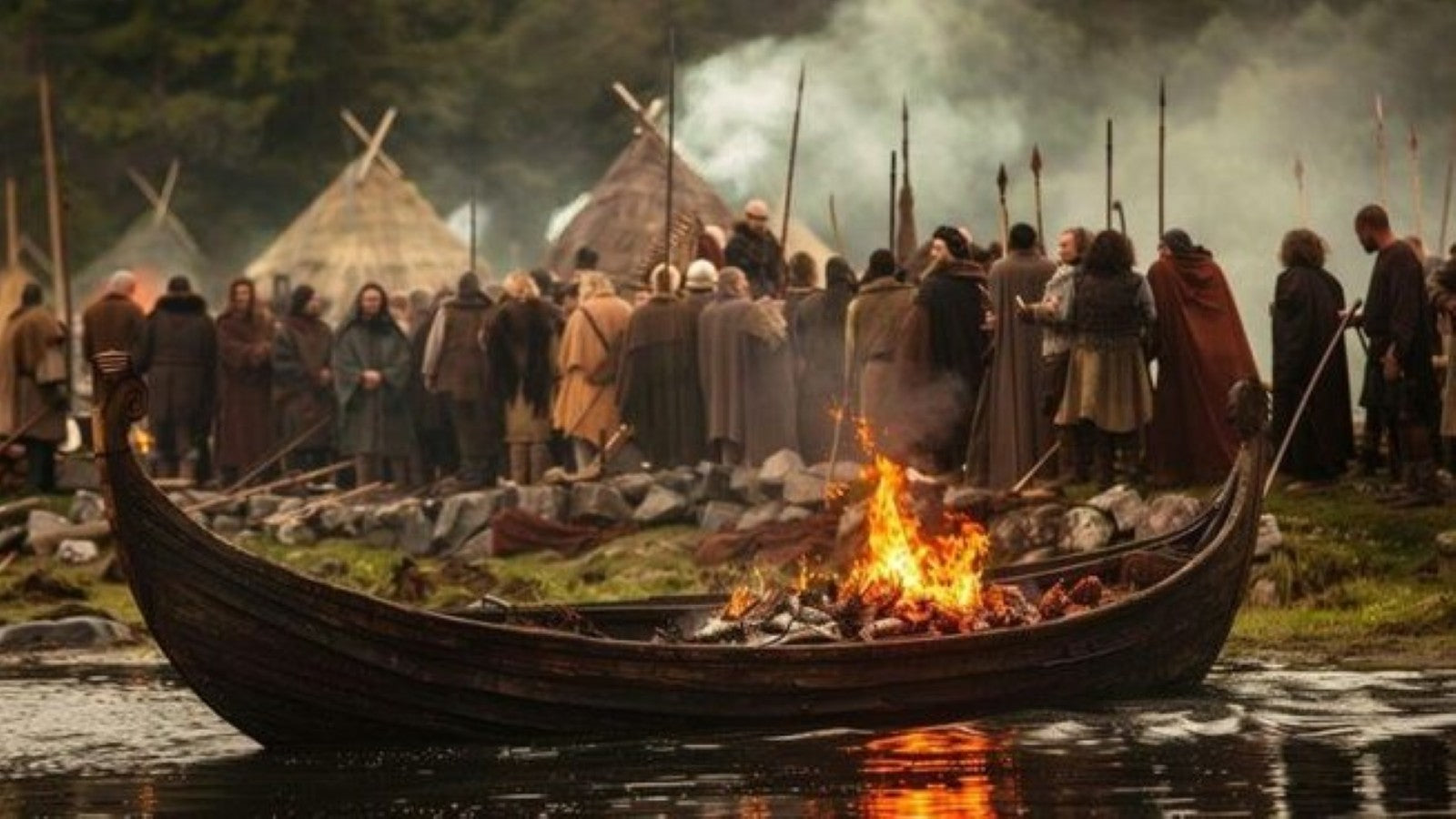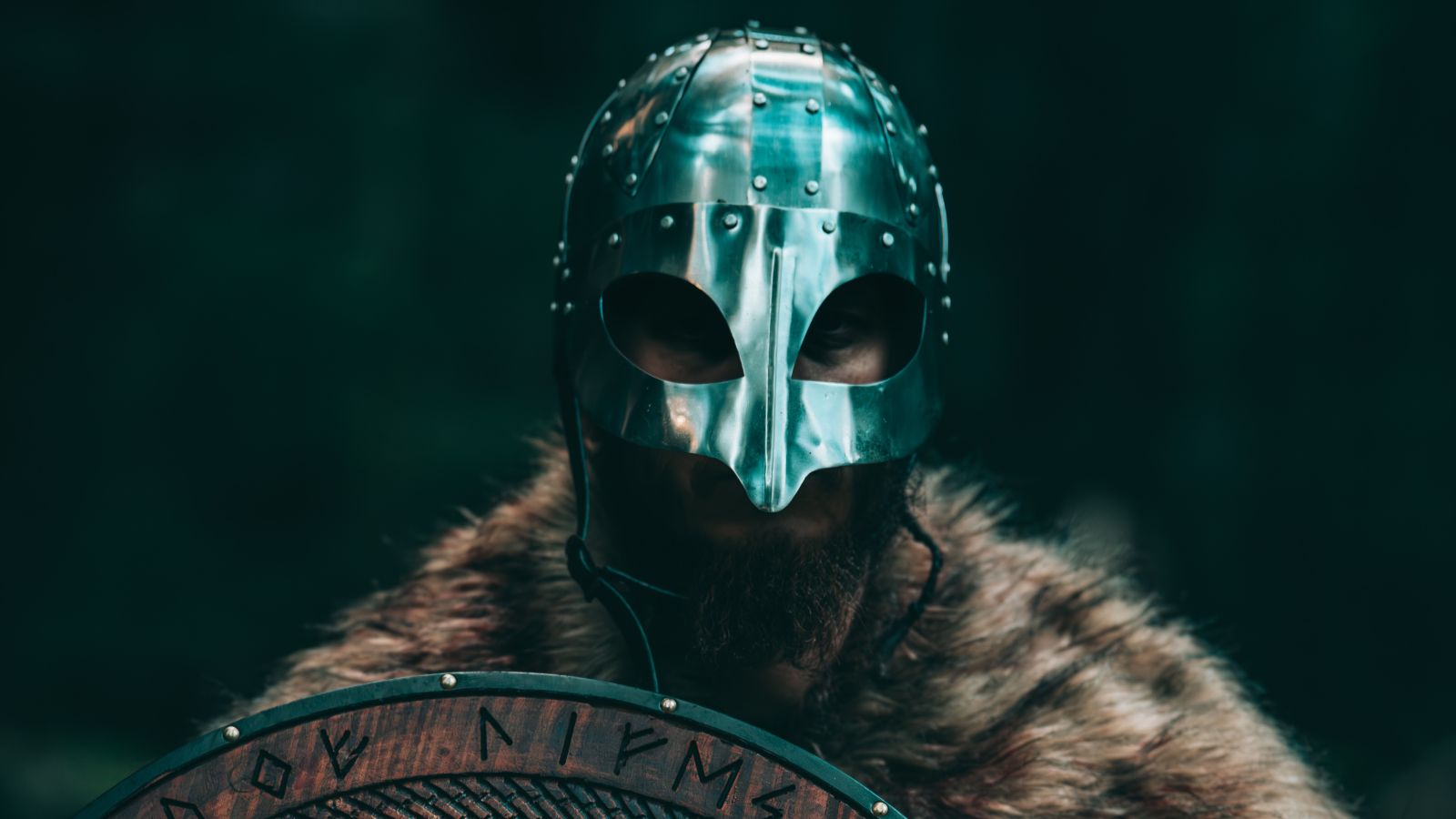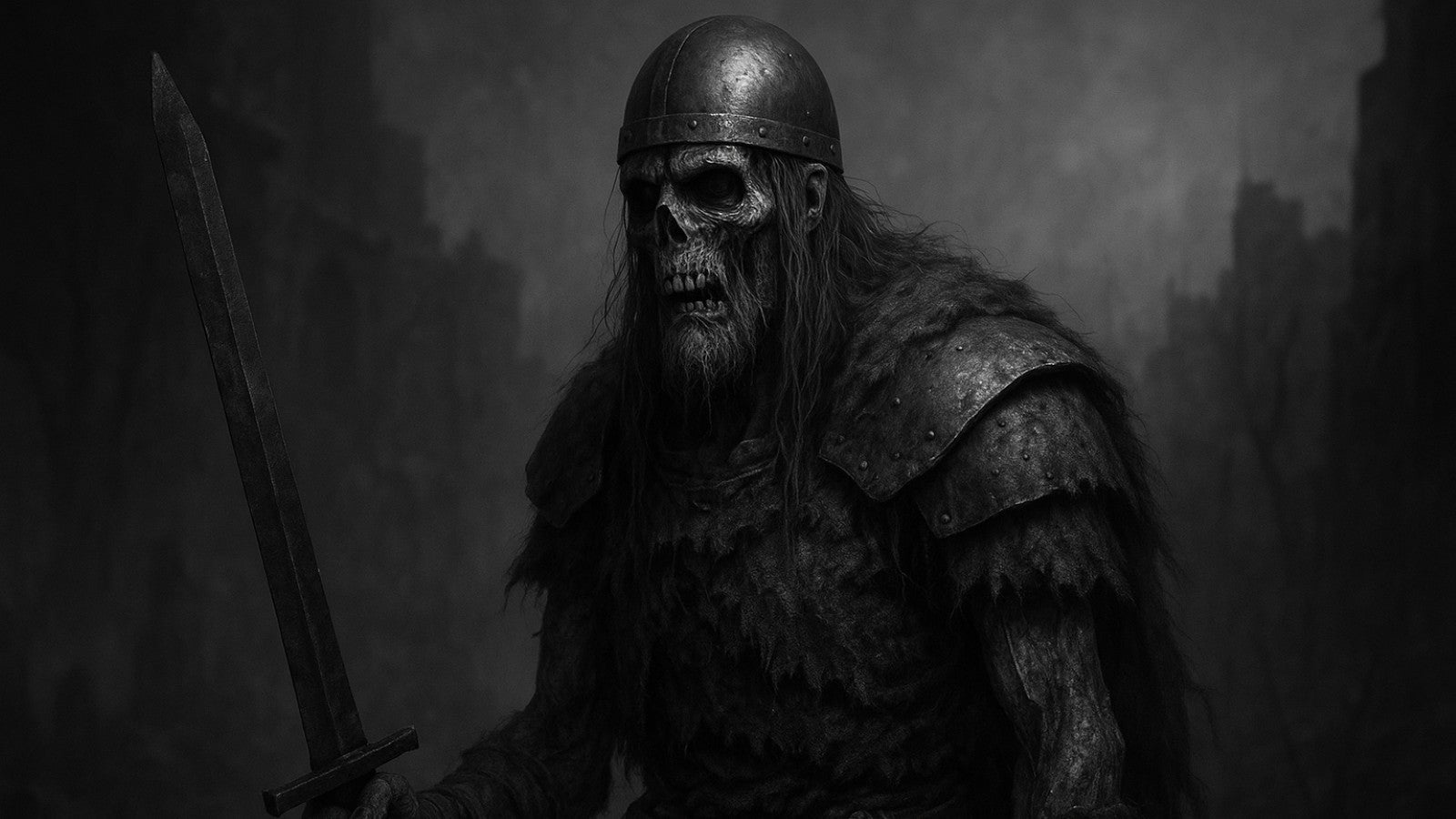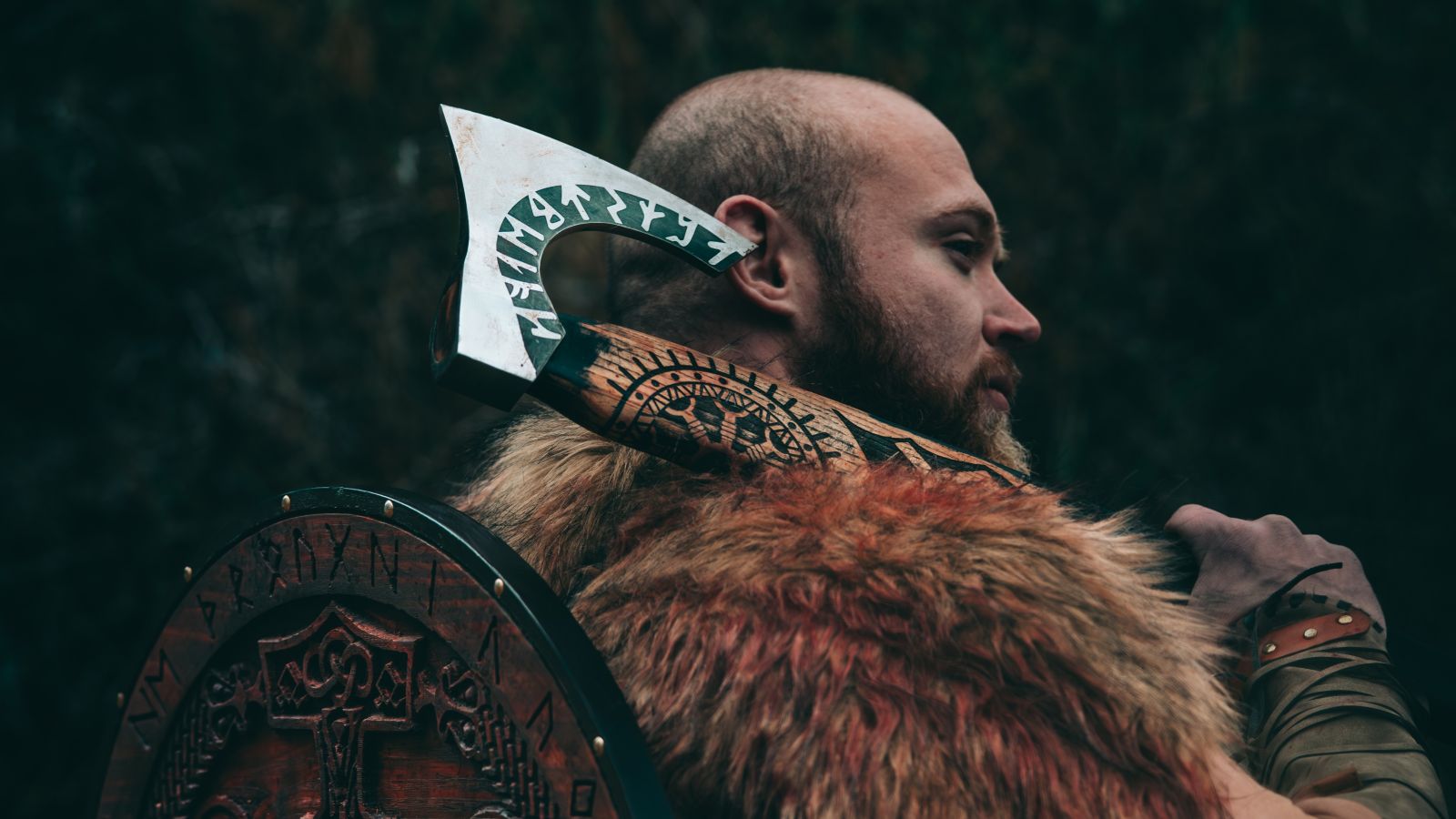
Assassin’s Creed: Valhalla - What they got right and what they got wrong!
Assassin’s Creed is a franchise that prides itself on writing stories within the gaps in the historical and archeological record.
Many times playable characters are an amalgamation of actual historical figures and, more often than not, interact with actual historical figures throughout the game.
Assassin’s Creed: Valhalla is no exception, but as the archeological record of the Vikings period leaves a lot open to interpretation, it’s easy to see how a game like this could go off the rails. Thankfully, that really isn’t often the case!
The story follows Eivor Wolfkissed, a Viking from Norway who eventually settles in central England. Throughout the game, you can interact with many historical figures from the Viking era such as Harald Fairhair, the first king of Norway, various British kings, as well as many of the sons of Ragnar Lothbrok.

Your interactions are not limited to the corporeal realm though; as parts of the game have you play through eddic stories, some of which we’ve covered in the blog! In these excursions to Asgard, Jotunheim, Svartalheim and other places in the nine realms, you have the opportunity to take on the role of Odin, (called Havi in the game), and interact with much of the Norse Pantheon: Thor, Loki, Freya, Try, Baldr, and more.
AC Valhalla does a very good job of respecting the history and culture of the Vikings: great care and detail are put into the appearance, and behavior of Norse characters, and the locations are so faithfully designed, one could almost find their way through the ancient kingdoms in real life.
In regards to design, the only way in which the game goes a little overboard is with color: much of what the characters wear would be considered extravagant for the period, which does make sense, as you want your game to be visually appealing.
When it comes to what the game got wrong, it’s hard to point out failings without being extremely nitpicky. One could say that their portrayal of Ivar the Boneless was incorrect as many scholars believe he was crippled in some way, but, that’s just a theory, as no record says this outright. Other things boil down to plot devices, such as Aelfred being a templar.
Ultimately the anachronisms come down to the little things: the weather in certain places isn’t accurate, the look of some of the characters could be considered misconstrued, and some of the locations' physical features may be exaggerated for a better look.
With what we know of Viking history, culture and archeology, it seems the crew on AC Valhalla did the best they could within the parameters; designing a game that was, for the most part, accurate, with certain embellishment for a more intriguing plot, or visually appealing gameplay.
All in all, as students of Norse and Viking history, the most important thing is representation: that the old Norse were represented in a positive manner, a city building, culturally rich people, not just warriors, is a very positive depiction, and worth forgiving the invented fiction all storytellers use to color a plot.



